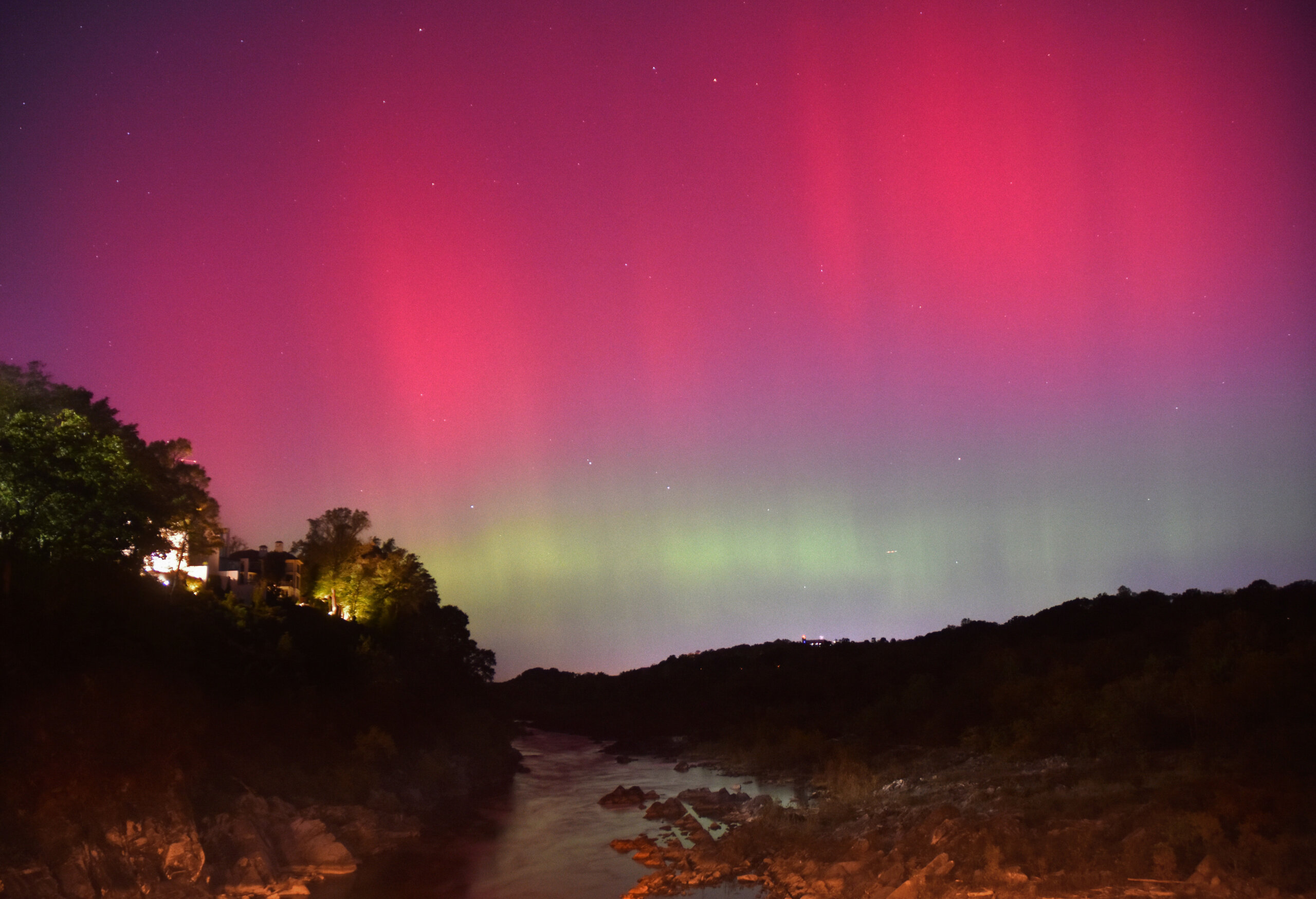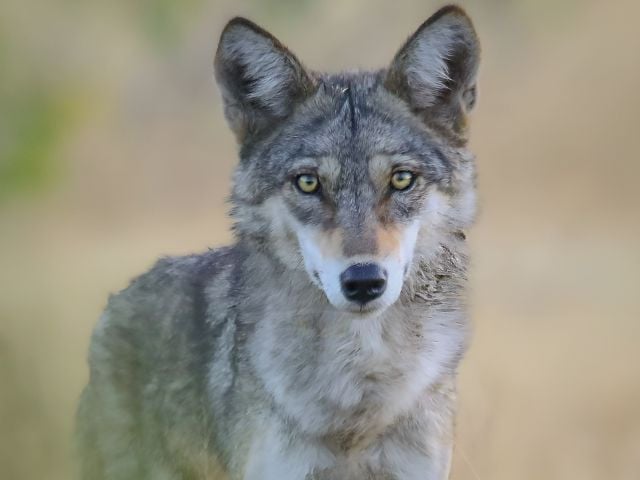Copyright WTOP

Three very active sunspots that produced powerful solar events while on the far side of the sun are now facing Earth. Solar events have occurred, which are currently predicted to give us our best chance of seeing the aurora Thursday night after it gets dark. Conditions may develop for additional sighting opportunities the next few nights as well. Wednesday, the Space Weather Prediction Center issued a prediction for a G3 (strong) geomagnetic storm, which occurred Wednesday night with some aurora being seen in Virginia and elsewhere. This G3 geomagnetic storm — and potentially others that could follow in the next few days — was caused by coronal mass ejections that in turn are caused by solar flares. These geomagnetic storms and associated aurora events forecast are not predicted to reach the historic levels of May 10, 2024, but we should be watching the skies just in case the aurora appear. For the D.C. region, Space Weather Prediction Center’s two-day aurora forecast and our forecast skies, means we might detect the aurora to the north. If the forecast holds, aurora conditions for the D.C. area may be strong enough Thursday night to allow us to detect the aurora visually and with our cameras. It will be well worth taking a look to the north Thursday night after dark until dawn from a dark sky site with a clear horizon. You might be able to visually detect some color in the sky if bright aurora are present, but they will likely be low on the northern horizon. Your camera and/or smartphone significantly improves your chances of detecting and imaging the aurora, due to their digital sensors. Even if you do not see the aurora, image the northern horizon to possibly get a glimpse of them. Use a camera or smartphone that can take exposures of several seconds — including using “Night Sky” or “Low Light” settings, if your camera has them — of the Northern horizon. Steady the camera or use a tripod for best image results. The camera is likely capture the aurora that your eyes did not. Our best bet is to monitor Clear Sky Chart (input your location) for sky conditions and the National Oceanic and Atmospheric Administration and space-related social media sites, such as EarthSky or Space.com, for aurora viewing updates. There are also aurora apps available to help you. With our terrestrial weather being such a factor in our daily lives here in the D.C. region and around the world, we are also directly affected by space weather, which can produce a variety of events, including Thursday’s geomagnetic storm and the aurora. Besides the Space Weather Prediction Center, I check spaceweather.com every day, just as I do my local weather, as it has a daily snapshot of what the space weather in the solar system is going to be like and a current image of the sun. Space weather, like our terrestrial weather, is caused by Earth’s interaction with our star, the sun. We know it will be there every new day and count on it for life-giving warmth and energy. We also have become accustomed to it being well behaved. What many people may not know is that our sun undergoes an 11-year solar cycle that can affect space weather throughout our solar system. Our sun is a 4.5-billion-year-old star that we have been monitoring since Galileo. Today, humans have a fleet of spacecraft that monitor the Sun and space weather 24 hours a day, seven days a week. The Sun had an episode of disturbed behavior in 1859 that, if it were to occur today, could adversely affect us if we were not prepared. On Sept. 1, 1859, the sun experienced a solar storm episode that was observed by solar astronomer Richard Carrington that ended up bearing his name — “the Carrington Event.” This was a watershed event in solar astronomy and also the sun’s effect on the Earth, as nothing like it has been seen since — thankfully, as you will see. If a Carrington-level solar event were to happen today, the affect on modern society’s infrastructure could be potentially catastrophic, especially the electrical grid, which powers everything else. If you think this is unlikely or too sci-fi to be true, I suggest you read the report by the National Academies of Science published in 2008. You listen to WTOP for “traffic and weather together on the eights.” Maybe now you will want to include a check on space weather too as part of your daily weather routine. Good luck, aurora chasers. Follow my daily blog to keep up with the latest news in astronomy and space exploration. You can email me at skyguyinva@gmail.com. Get breaking news and daily headlines delivered to your email inbox by signing up here. © 2025 WTOP. All Rights Reserved. This website is not intended for users located within the European Economic Area.



